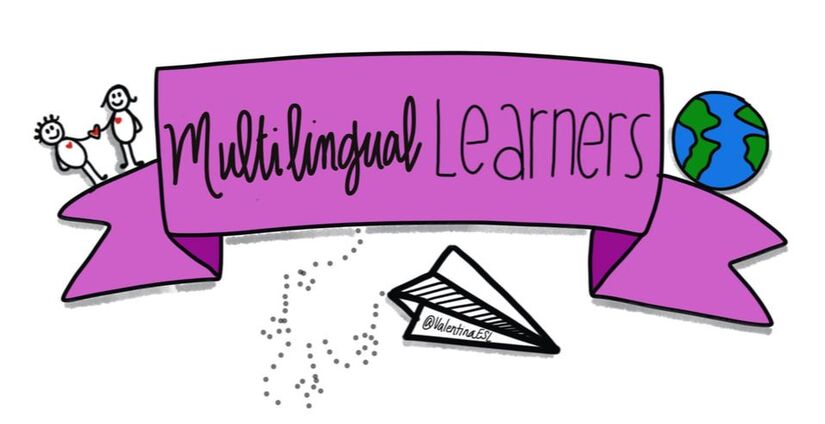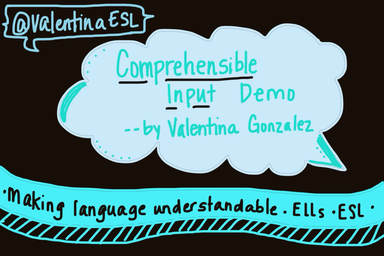|
What does it mean to make content comprehensible? Imagine for a moment that you are sitting in a classroom in a foreign country surrounded by new classmates and a teacher speaking a language that you don't speak. Keep in mind, you have to stay all day and you are expected to follow directions, do the work, and understand the language. How would you do? Would you become frustrated? Would you get off task? Maybe begin to fidget, doodle, or get mad? Sometimes when our ELLs experience this, they react in ways that we may not understand. Learning a new language, culture, and content is not an easy task by any means. It's important that we respect the job they are doing and support them through it. The best way to support their content needs is to make content comprehensible. Let's begin by watching this short video that will help to explain what that means. You will experience what your ELLs go through when they don't know the language in the classroom. So after watching the video, hopefully you've come away with at least 2 things:
1. a feeling for what your ELLs experience when they don't speak the target language yet they are expected to do everything that everyone else is doing in class--Empathy 2. you get the gist of comprehensible input--making language accessible to students even when they know the language yet--it's doable even if the two of you speak completely different languages! How do achieve this in our classrooms on a daily basis? There are many ways and not all of them will work all of the time for every student. 1. Top of the list, #1 for sure is to know each student individually, their needs, their assets, and their language levels. Find out about their proficiency level in English as well as their academic history in their native language. Then you can leverage that in your classroom. 2. Used slowed speech to enunciate words and make clear distinctions between words. Have you ever heard someone speaking a language your not familiar with and it sounds like just a blob of sounds? If we don't enunciate, we sound like that too. We can end up sounding like Charlie Brown's teacher if we aren't careful with our speech. 3. Point to objects while we talk about them. If I want my students to take out a pencil, then I'll grab one and demonstrate. If I want them to turn to page 358, then I'll write that on the board or open my book to that page and show them. The power of pointing and talking is endless. So simple yet effective and minimal planning necessary. 4. Repeat and rephrase as needed. Once may not be enough for most of the students in your class, but for ELLs it probably won't do justice. Multiple opportunities to hear vocabulary or instructions helps students internalize and recall it. 5. Use tons of visuals or real objects. The more the better! Research has found that our brain processes visuals 60,000X faster than text. Visuals enhance recall and storing of information. The more modalities we can incorporate into our instruction, the more successful our students will be. Making content comprehensible doesn't take a great deal of prep work. We just have to be intentional about it. We have to remember that our students who are learning language, learning new content, or struggling with content benefit from comprehensible input. The biggest mistake we make is assuming our students don't need it.
T Fons
7/16/2017 08:21:48 pm
Great job at showing how to make content comprehensible for all students. Thanks, Valentina. :)
Ana
9/21/2020 05:46:46 pm
Wow!! How impactful it is when we model and repeat instructions. Thank you for sharing your lesson.
Brittany Watley
9/27/2020 02:04:38 pm
Valencia, you did such a great job modeling what we need to be doing as teachers when we give instruction to ELL students Comments are closed.
|
Categories
All
|


 RSS Feed
RSS Feed
